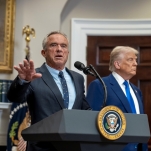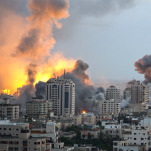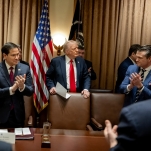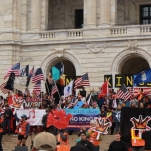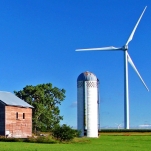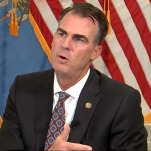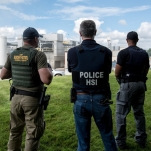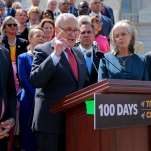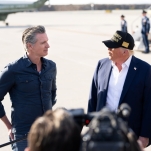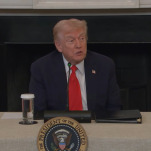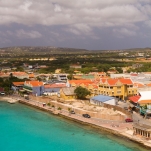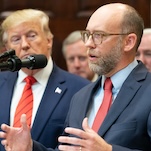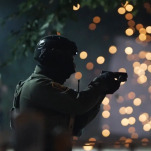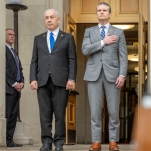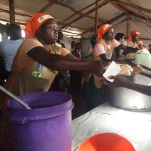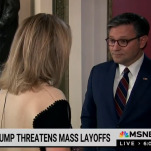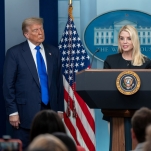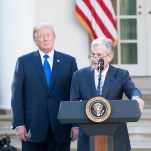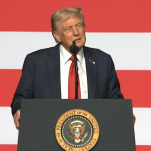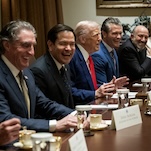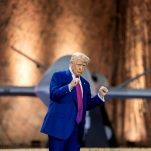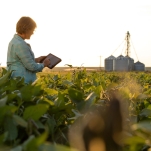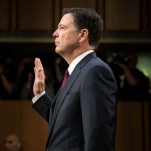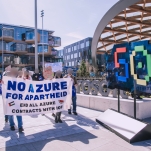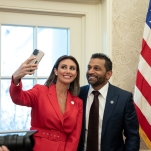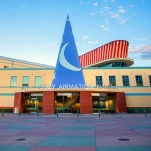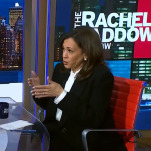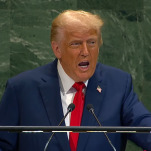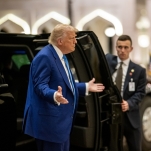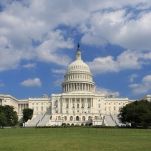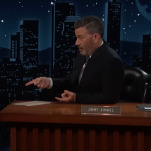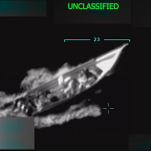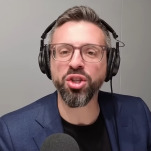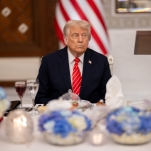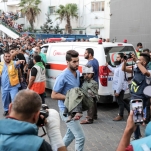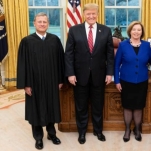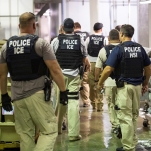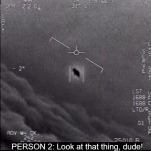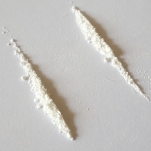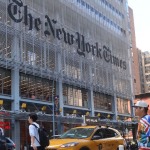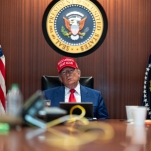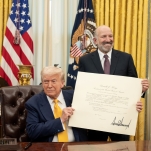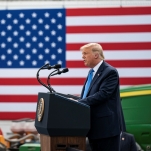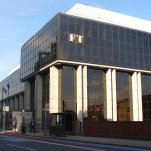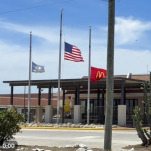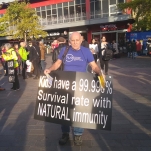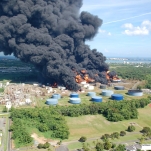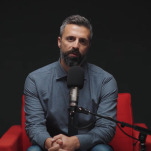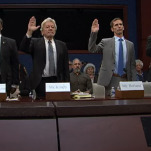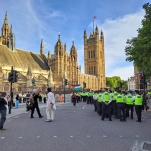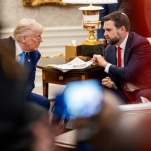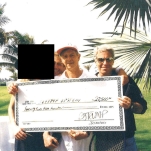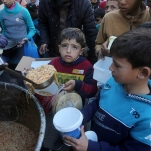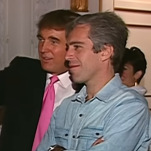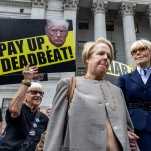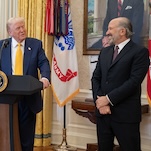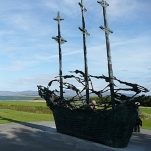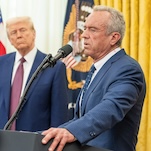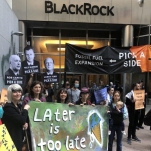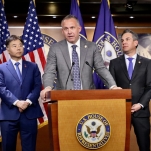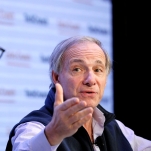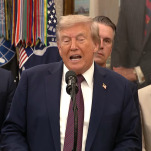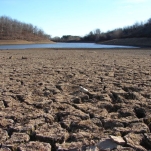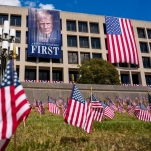Rojava: An Experiment In Radical Democracy Under Attack
Photo by Leonhard Lenz, CC0, via Wikimedia Commons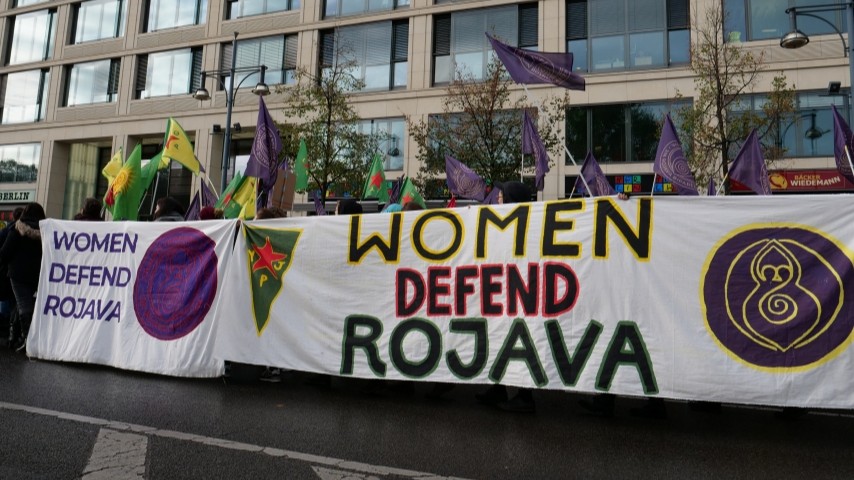
This is an interview with Samantha Teal, a researcher at the Rojava Information Center, about Turkey’s ongoing attacks on the Democratic Autonomous Administration of North and East Syria.
The future of Syria, following the sudden collapse of Bashar al-Assad’s regime, remains uncertain, as the Islamist group Hay’at Tahrir al-Sham (HTS) constructs a new national government. It is a delicate situation, and, despite the widespread relief throughout the country following Assad’s defeat, people are worried about what comes next. Things are especially tense in the Democratic Autonomous Administration of North and East Syria (DAANES), the multi-ethnic, Kurdish-led region also known as Rojava, where Turkey, and its proxy forces, are engaged in a brutal military operation. Civilians have been killed, and the very existence of Rojava as a political entity is under threat.
DAANES is an experiment in radical democracy, which, in principle, seeks to promote decentralization, religious freedom, ethnic diversity, gender equality, and ecological sustainability, though, in reality, many of its admirable aspirations have been restricted by the hard realities of war. A glaring example: despite its ideological commitments to ecological sustainability, Rojava is home to oil fields, which the administration exploits and sells. There can be a tendency among those of us on the left to romanticize the Rojava revolution to the extent that we overlook uncomfortable truths, but, still, for all its faults, it remains one of the most important illustrations of what a radically left-wing society can look like, where women’s leadership and participation in society is explicitly guaranteed within a decentralized system of governance.
DAANES traces its very existence to the early days of the Syrian Civil War, when Kurdish-led forces, taking advantage of an overstretched Assad regime, seized control of Kurdish-majority areas in the north of Syria, along its border with Turkey. They declared autonomy in early 2014, but were soon engaged in conflict with the Islamic State, which, around that time, was conquering large swaths of territory in northwestern Iraq and eastern Syria. The Kurdish-led forces proved a formidable foe to ISIS, capturing the attention of the United States, which was looking for an ally in the region in its own war against the jihadi group. The U.S. began backing the Kurdish-led militias, which, in October 2015, began to operate under the banner of the Syrian Democratic Army (SDF). The U.S.-backed SDF defeated ISIS in 2019, but the union of the SDF and the United States did not sit well with one of America’s NATO allies.
When Turkey emerged as an independent nation in 1923, after defeating Allied forces who’d carved up and occupied what had been the Ottoman empire after World War I, the new Turkish government immediately began persecuting the country’s Kurdish minority, denying their very existence as a distinct ethnicity. Armed Kurdish resistance broke out, which, by the 1980s, had come to be led by a left-wing organization called Kurdistan Workers’ Party (PKK), which continues to fight a bloody insurgency today while demanding Kurdish rights and autonomy. Both Turkey and the United States have labeled the PKK as a terrorist organization, but Turkey, too, believes the Syrian Democratic Army—the Kurdish-led forces allied to the United States in the fight against ISIS—is an extension of the PKK, and therefore seeks to destroy it.
Turkey has, for years, been militarily active in Syria, occupying areas in the north, supporting a regional proxy force known, confusingly, as the Syrian National Army (SNA), which has been accused of human rights abuses, and unleashing several airstrike campaigns upon DAANES. But since the HTS-led rebellion defeated the Assad regime in December 2024, Turkey has ratcheted up its attacks on DAANES, sensing an opportunity to critically weaken the project of Kurdish autonomy across its southern border.
In addition to the immediate threat of Turkish aggressors, the SDF is facing the prospect of a resurgence of ISIS and the possibility that the United States, under a Trump presidency, may abandon them to their fate, as he has indicated he will. The SDF, to this day, operates prisons housing thousands of ISIS members and their families in appalling conditions, where both disease and radicalization spread freely. Should these people escape, the return of ISIS as a significant player in the region is an uncomfortable but serious possibility.
There is a lot happening in North and East Syria, and it can be difficult to keep track of everything. But, to help clarify things a bit, we spoke with Samantha Teal, a researcher at the Rojava Information Center (RIC), which is based in the region. Teal updated us about what’s happening on the ground, what Turkey’s objectives are, how the relationship between DAANES and the new HTS government is progressing, and how big a threat ISIS poses.
The interview has been edited for length and clarity, with Splinter‘s questions in bold and Teal’s responses below them.
-

-

-

-

-

-

-

-

-

-

-

-

-

-

-

-

-

-

-

-

-

-

-

-

-

-

-

-

-

-

-

-

-

-

-

-

-

-

-

-

-

-

-

-

-

-

-

-

-

-

-

-

-

-

-

-

-

-

-

-

-

-

-

-

-

-

-

-

-

-

-

-

-

-

-

-

-

-

-

-

-

-

-

-

-

-

-

-

-

-

-

-

-

-

-

-

-

-

-

-

-

-

-

-

-

-

-

-


